Story
Strength in Numbers
South Dakota organizations join forces to empower sexual violence survivors who have disabilities
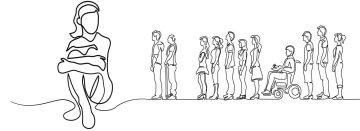
Warning: This story includes graphic details from a survivor of abuse that may trigger a strong emotional response from some readers. If you are experiencing violence, call the National Domestic Violence Hotline: 1-800-799-7233.
Mary (not her real name) met her abuser in the year 2000. She was 25 years old.
They met at work in Sioux Falls, South Dakota, and started dating, but it was never a good relationship. His anger showed quickly. He threw sandwiches at her if she didn’t make them right, and he threw soda cans her way if she wouldn’t have sex with him. He’d force her anyway.
“Being paralyzed, I was happy I even had a boyfriend,” she says. “He was always apologetic or would buy me things after he did something, and then it would be good for a while. But the abuse never went away.”
He would hit Mary while they were drunk and even push her out of her wheelchair. There were times he pushed her into the wall so hard that it would leave a hole. One time, he hit her hard enough that the rods in her spine shifted and she had to have surgery. She still stayed.
“Everything about me changed,” Mary says. “I chopped my hair off, I gained a lot of weight, I started wearing baggy ‘guy’ clothes to work, and I wasn’t allowed to go out with any of my friends. I was scared all the time, and I became such a lonely person. He made me believe that I didn’t deserve any better, and the abuse made me have the lowest self-esteem I’ve ever had.”
Even in despair, she tried to stay positive.
“There’d be times when I would leave work, that I would psych myself up during the drive home. ‘You’re going to smile,’ I’d say to myself. ‘You’re going to be happy when you get home.’ But as soon as I came in the door, he’d be there, and I wasn’t happy anymore. I would wish for one good night, and it never happened.”
Establishing a Foundation
Unfortunately, Mary’s story has disturbingly familiar traits: 90% of people with disabilities can expect to endure some kind of abuse, “and that is a horrendous statistic,” says Shelly Pfaff, the executive director of the South Dakota Coalition of Citizens with Disabilities.
And the violence is almost always recurring, she adds. It is seven times more likely for people with disabilities to be sexually assaulted than those without disabilities, and nearly half of all people with disabilities will experience 10 or more incidents of sexual abuse in their lifetime, according to the Center for Disabilities at the University of South Dakota. And yet, Pfaff says that in the nearly 50 years she has been in this field, she does not recall ever seeing — in public service announcements, public speeches or advocacy against sexual violence — any references to persons with disabilities.
“Disability isn’t even part of the conversation,” Pfaff says. “What is happening when public entities encounter persons with disabilities? How are they being responded to, if at all? This is not a matter of saying one group or another is not doing their job. It’s a matter of realizing that none of us is doing as well as we could be, and asking how we can come together to do a better job.”
There are statewide organizations to help victims of abuse and to help individuals with disabilities, but the intersection of the two has been limited in South Dakota. In 2013, the South Dakota Communication Service for the Deaf (CSD) learned of deaf victims who weren’t receiving assistance, so they connected them to the South Dakota Network Against Family Violence and Sexual Assault (known as The Network). Then, in 2014, The Network received a federal grant from the Office of Violence Against Women to prepare an infrastructure of services for crime victims with disabilities and deaf individuals in South Dakota.
“It was a very structured grant seeking sustainable change,” says Krista Heeren-Graber, executive director of The Network. But as they were nearing the end of the grant, they were concerned. “We had spent a lot of time on planning but weren’t really able to move ahead with the implementation,” she says. “When we learned about the Community Innovation grant program, it seemed like a really good fit for us to finally move forward.”
In 2017, The Network received a Bush Foundation Community Innovation grant that gave the team time to test and learn from the plan they had developed to improve services for sexual assault victims with disabilities. It expanded the previous work from the federal grant and added two community allies in the state — the Coalition, a disability advocacy organization, and CSD. For the past two years, these three South Dakota organizations have come together to better protect Mary and others facing similar challenges.
“We all recognized right away that there was a silent epidemic — an unspoken issue of sexual violence against people with disabilities,” says Pfaff. “So our relationship was a natural coming together and an opportunity to try and bring this to the light.”
“We built a really strong connection with one another,” Heeren-Graber adds. “We committed to making long-term change that would help victims of sexual violence who have disabilities.”
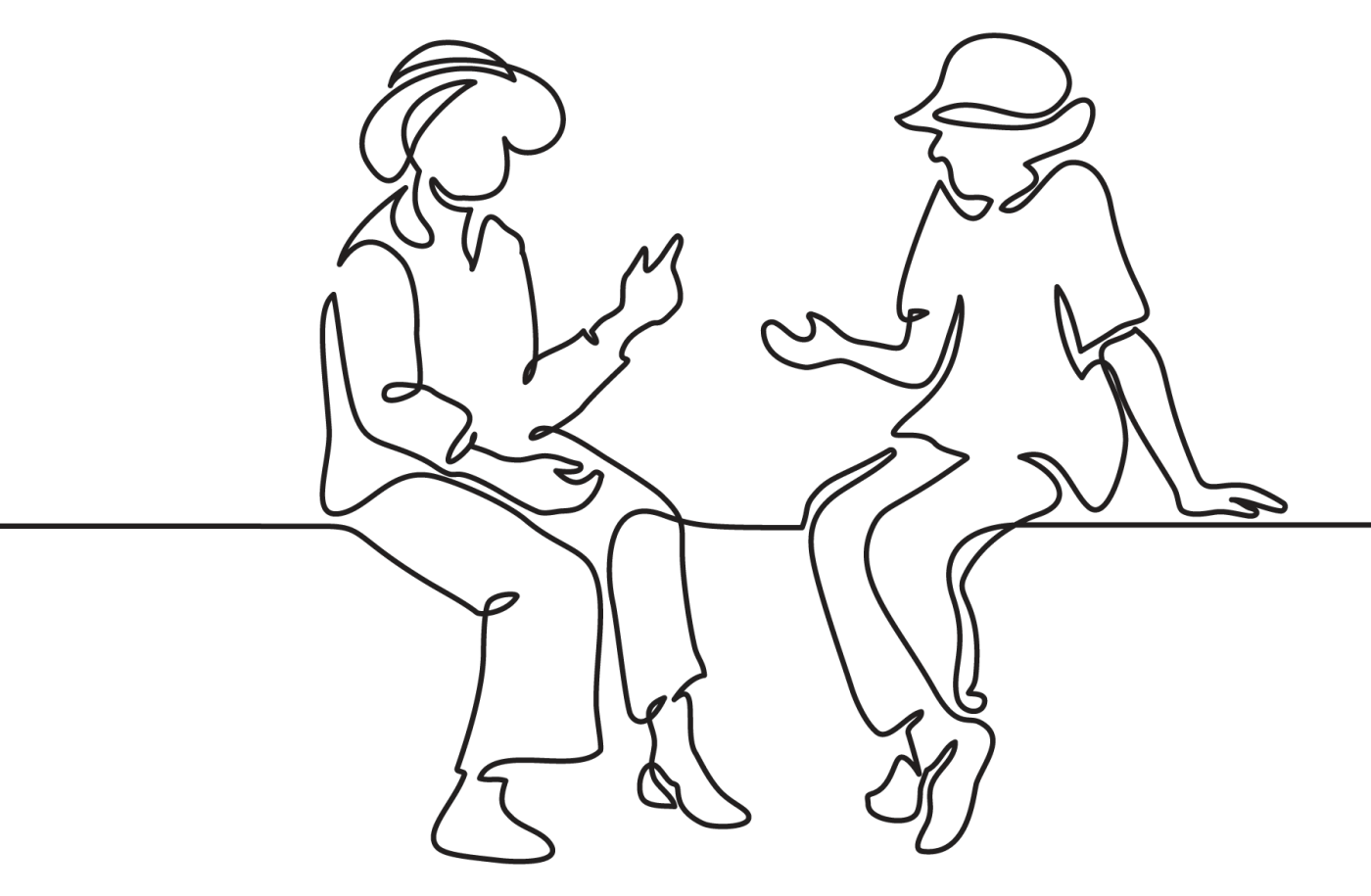
Creating a Better Understanding
The Network was formed in 1991 in Sioux Falls as a coalition dedicated to the empowerment of those victimized by domestic abuse or sexual violence. Their programs are rooted in the belief that those victimized by crime have the right to assume power in their own lives. Today, they serve 60 agencies and have statewide partnerships with many state, tribal and nonprofit entities to collaborate on grant projects.
When Heeren-Graber came on board in 1999, she was their first full-time employee, “but I was greeted with open arms by people across the state,” she says. “They wanted to work on issues and see change. Even in the legislative process, I felt welcomed.”
Rural communities across the state embraced her vision, too. “South Dakota is so focused on community and local control,” Heeren-Graber says. “We need to meet communities where they are and support their own local efforts. That is what builds networking and collaboration.”
Over the past two years, The Network, the Coalition and CSD have piloted a number of innovations developed through their Community Innovation grant. They’ve hosted work retreats, presented in front of doctors and teachers and sponsored speakers at maltreatment conferences. They’ve discussed rape kits and policy with legislators, and they’ve hosted significant trainings with law enforcement.
But Heeren-Graber says that to truly address the problem of violence against people with disabilities, a mindset shift is necessary. No matter the field, most people don’t have a comprehensive understanding of disability. So, all trainings start with that as their foundation.
“Our trainings with law enforcement have not yet been specific to victims of sexual assault or victims of violence,” Heeren-Graber says. “They have been specifically for law enforcement to understand disabilities. We have to start there. We want to ensure that people with disabilities are receiving the resources and services they need not only when they come forward, but just in general. That is the bigger picture.”
This work includes offering disability-services training at the Law Enforcement Training Academy in Pierre and a presentation about improving education and awareness around sexual assault victims with disabilities at the biggest law enforcement conference in South Dakota. “To us, that’s a huge accomplishment,” says Heeren-Graber, “because we’re finally getting out there to say, ‘It is your responsibility to understand how to respond to individuals with disabilities and have accommodations for them.’”

They’ve also worked with South Dakota women’s shelters to help them better respond to the needs of people with disabilities, such as by setting up video phones for the deaf and hard of hearing to aid communication with staff. “Many deaf and hard of hearing people do not feel comfortable going to shelters, because there is no communication access and nobody who is really familiar with deaf culture,” says Lance Sigdestad, a community support specialist who has worked for CSD for over 25 years.
Sigdestad says he sees a lack of communication resources everywhere, including hotels, schools and hospitals — which makes it difficult for a person with a disability to feel comfortable or that they can trust the business. “If the hearing community knows more about the barriers that exist, they can help us make our communities more accessible to people with disabilities,” he says.
Not a Victim, but a Survivor
Four years into Mary’s relationship with her abuser, she got pregnant. The physical abuse stopped during that time, but the verbal and mental abuse escalated, she says. “Bruises go away, but the words don’t.”
There were many nights he did not come home and, when she was eight months pregnant, he left her. “I should have been happy, but I wasn’t. I was so scared of how I was going to raise a child alone that, two weeks later, I took him back.”
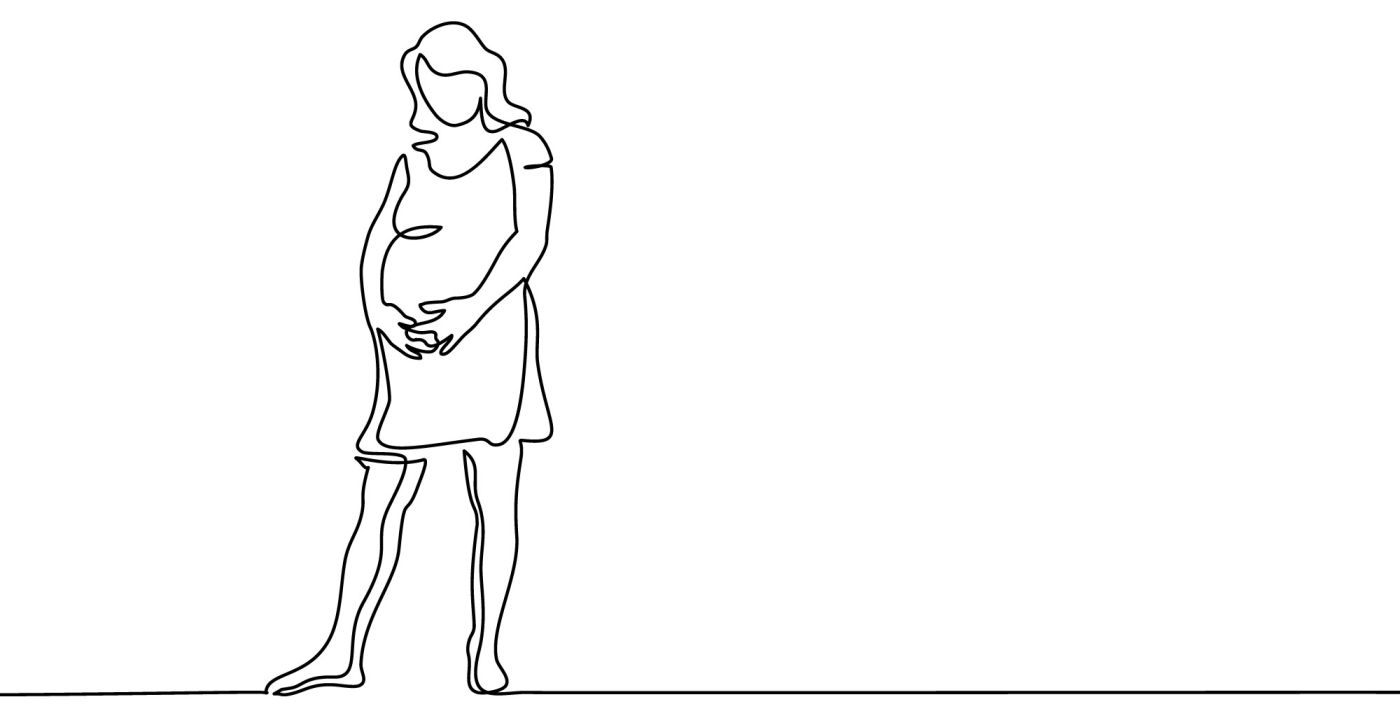
After she had their son, the physical abuse returned. One night, he was holding the baby and swung at her so hard that the baby flew out of his arms and landed on the floor.
On a Sunday night in the spring of 2007, Mary and her abuser were in town and got into a fight. She was scared and started wheeling herself home. He put their three-year-old son in the backseat of his truck and started driving recklessly toward her, forcing her into a ditch.
He then got out, forced Mary into the back of the truck and drove home. Once there, he brought their son inside the house, came back outside, grabbed Mary’s wheelchair from the back and started throwing it against the garage until it was destroyed. He came back to Mary, helpless in the back of the truck, and hit her. Then he called her parents and told them if they weren’t at the house in 30 minutes, “she’ll be dead.” But her parents lived 45 minutes away.
As her abuser went inside to get their son, Mary crawled out of the back of the truck and into the house, where she found her phone and called 911. Police arrived 10 minutes later. Her abuser became irate with the police, leading them to shock him with a taser and take him away. Her son witnessed all of it.
After seven years of abuse, no support, no one in her life even realizing the extent of her pain and not enough resources, Mary found the courage to leave her abuser for good.
Risk Factors
It took Mary 11 years to talk about the abuse. Not only was she embarrassed, ashamed and scared, she did not know where to go. Pfaff says only 3% of victims report their abuse.
But in the fall of 2018, Mary built enough emotional distance to speak in detail about her experience at a show featuring art by survivors of domestic violence and sexual abuse. The Purple Purse Event was hosted by Un-Defined, a Sioux Falls nonprofit offering peer support for domestic abuse survivors. Heeren-Graber also spoke at the event, on behalf of The Network. “I was blown away by Mary’s story,” says Heeren-Graber.
Pfaff says a risk factor that makes people with disabilities vulnerable is a lack of education on sexual development and anatomy. “They may not have age-appropriate friends, healthy relationship education or know what constitutes acceptable behavior,” she says.
Pfaff also says that people with disabilities often experience sexual violence at the hands of somebody they know — a caregiver, a family member, a bus driver, even a person who works at the agency that is serving them. “Frankly, it is somebody they rely upon for their needs,” she says. “And they are often threatened that if they report, they will no longer get the help they need.”
Heeren-Graber notes that there are many barriers to people getting the services they need, beyond disability. “We want to figure out how to have inclusive services so all our voices are heard. We need to stop racism, ableism and sexism and remember that every single person matters. We can no longer justify violence.”
Progress is Progress
Five years ago, Mary wed a kind, supportive man, but her journey hasn’t been easy. Just last winter, more than a decade removed from her abuse, Mary texted her husband to say she was going to kill herself. She had been bottling up feelings of insecurity, shame and depression for years.
“I felt so low about myself for so long that it became part of my identity,” she says. “I believed that my son and everyone in my life deserved better. I had turned into the most angry, negative person ever, and I truly wanted to die. I got so depressed that I shut people out and I would cause fights with my son for no reason. I absolutely hit rock bottom.”
But once again, she found the strength within herself to seek help. She spoke with her doctor and began medication and counseling that has changed her life. “I want to be happy,” Mary says. “I have a great life. Today, I have a great marriage, I have so much to be thankful for, and I do not want to lose that. I know I cannot be angry anymore.”
Mary encourages other survivors to speak out and not to be afraid to share their story, as she once was. “It is so much easier to be taken advantage of when you have a disability, but if we become advocates for one another, people will be more willing to seek the help they need and live a better life.”
Heeren-Graber is the mother of a son with a disability, so it is empowering for her to hear survivors like Mary speak up, because she knows firsthand how difficult it is to be an advocate when you are personally involved.
“This work gets really hard at times,” she says. “It’s challenging. But my mom said to me years ago, ‘It doesn’t matter how small the progress is, as long as there is progress,’ and I think about that often. We have to stay focused, and we have to remember why we are doing this.”
It’s for people like Mary, who deserve equality in relationships and in life.
“I want to be an inspiration because I help people, not because I’m in a wheelchair,” Mary says. “There is more to me than just being in a wheelchair, and I am ready to share my voice.”
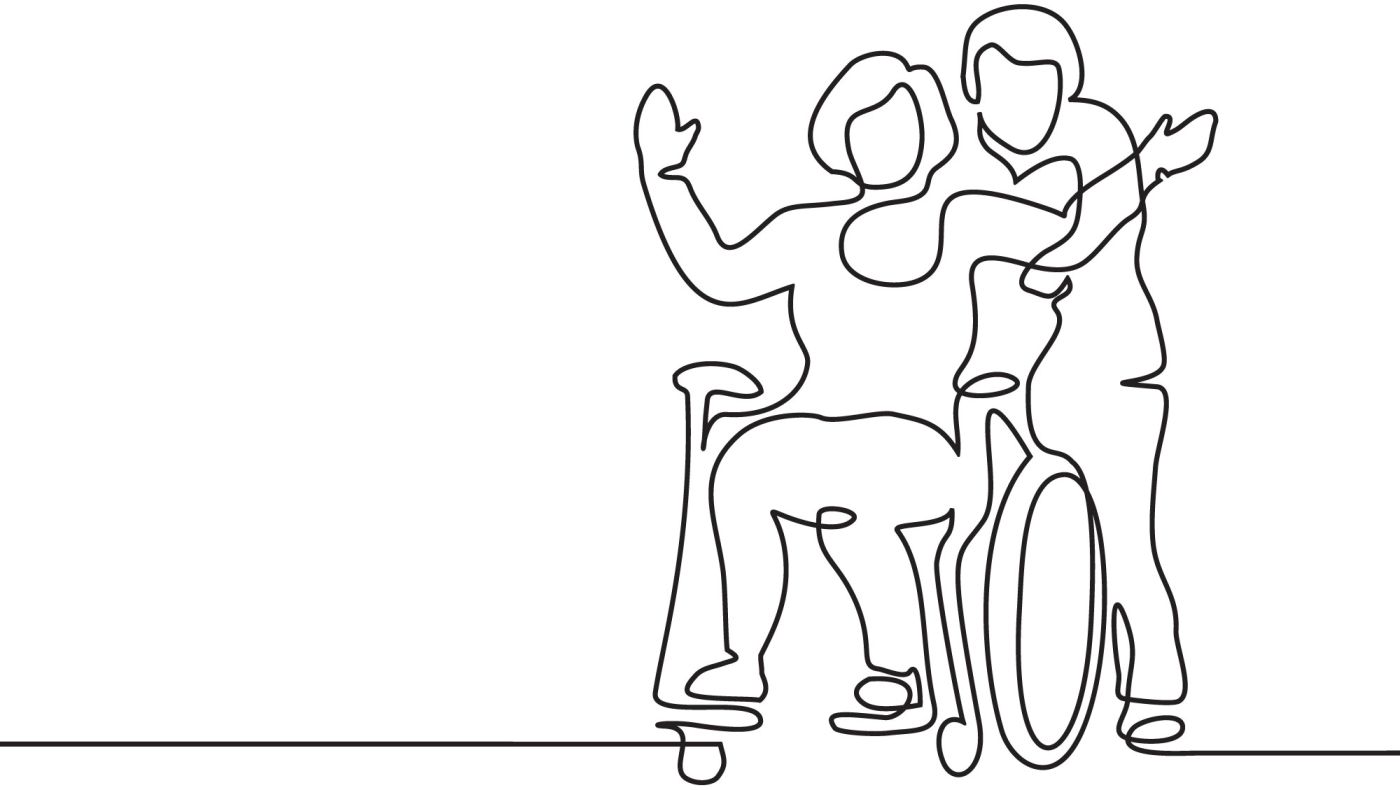
Illustrations by Valenty – Adobe Stock
Continue reading
-
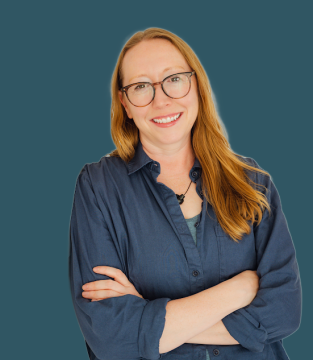
News
Welcome to new Bush staff members
We are celebrating some new Bush colleagues and hope you get to meet them soon!
-
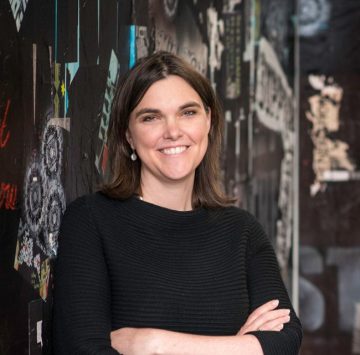
Note from Jen
Protecting our freedom to give
Do you know how CPR came to be? What about the 911 system? Ever wonder who developed the Pap smear? Or why school buses are all the same color? All these were the results of work funded by some foundation.
-
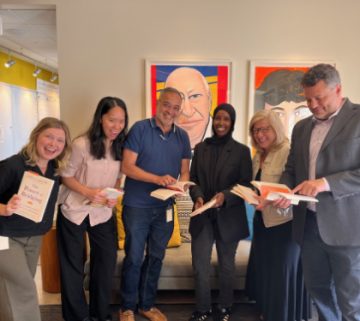
News
Introducing the Bush book club
Join us as we learn how to build a world where we all belong. And stay tuned as we get ready to welcome john a. powell to Minnesota for a special Bush book club event!